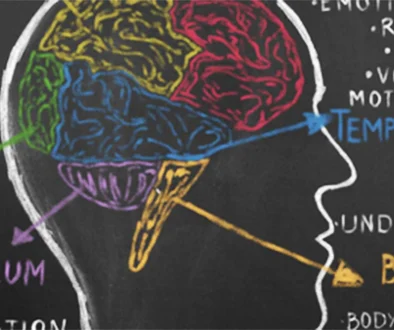Can 10 Minutes of Meditation Make You More Creative?
In more and more occupations, creativity is part of the job description. Whether you are trying to reconcile conflicting stakeholder priorities, finding a solution to a customer’s issue, or launching a new product line, your solution probably won’t come out of a textbook. But it’s hard to keep having great ideas day after day. What do you do when you run out of good ideas? How do you “get your mojo back”?
One increasingly popular solution is mindfulness meditation. Top companies executives say meditation is not only useful as a stress-reduction tool but can also enhance creativity, opening doors where once there seemed to be only a wall.
To gain a deeper understanding of the effectiveness of short meditation sessions in boosting creativity.
Mindfulness meditation works to enhance creativity and innovation.
Many executives have taken up meditation because they find it helps them switch gears when stress piles up. Research shows that mindfulness meditation can have many positive effects on workplace outcomes. Regularly doing it boosts your resilience, enabling you to mitigate stress, regulate emotions, and have a more positive outlook so that you can bounce back from setbacks. It helps you develop the ability to switch off reactive fight-or-flight responses and engage in a more thoughtful mode that’s crucial for making balanced decisions.
First, mindfulness switches on divergent thinking. In other words, meditation opens your mind to new ideas.
Second, mindfulness practice improves attention and makes it easier to register the novelty and usefulness of ideas.
And finally, mindfulness nurtures courage and resilience in the face of skepticism and setbacks, which is important because failure and setbacks are inextricably linked with any innovation process.
Download one of the many short mindfulness meditation courses available online (including meditation apps such as Headspace, Calm, or buddhify), or just follow the instructions below.
1- Find a place where you won’t be disturbed.
2- Sit in a comfortable position and set a timer.
3- Gently close your eyes.
4- Ask yourself what you are currently experiencing, and observe your feelings, sensations, and thoughts.
5- Shift your attention to your body and spend a moment or two zooming in on the sensations in places that touch the chair or floor.
6- Shift attention to your belly and observe your sensations. Focus on how it extends and falls with every breath.
7- Observe your breathing some more without changing it.
8- At some moment, your mind will naturally wander away.
9- When you realize that your mind is no longer in the present, recognize it as a moment of awareness and shift your attention back to your breathing.
10- Now focus on your whole body, observing your posture and face. When you are ready — or when the timer reminds you that you should get back to work — open your eyes.



